Budgeting for Drainage System Trenching Services
An analysis of the factors influencing the costs associated with drainage system trenchings highlights the variability based on project scope, ground conditions, and material choices. Understanding these elements assists in accurate budgeting and planning for drainage infrastructure projects.
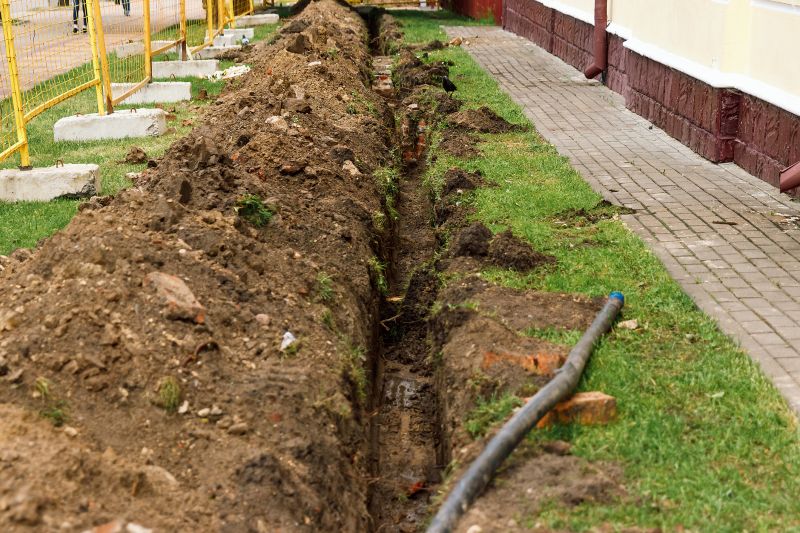
Different soil conditions, such as clay or sandy soils, significantly affect excavation difficulty and costs.
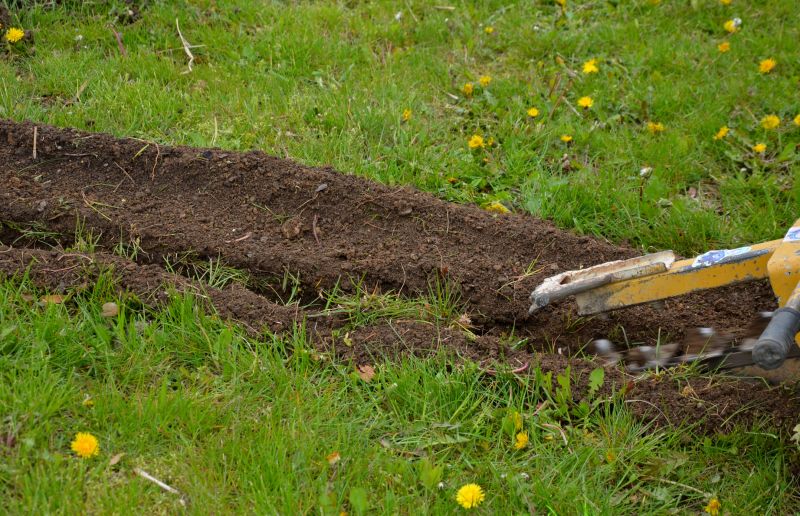
Deeper trenches require more labor and equipment, increasing overall expenses.
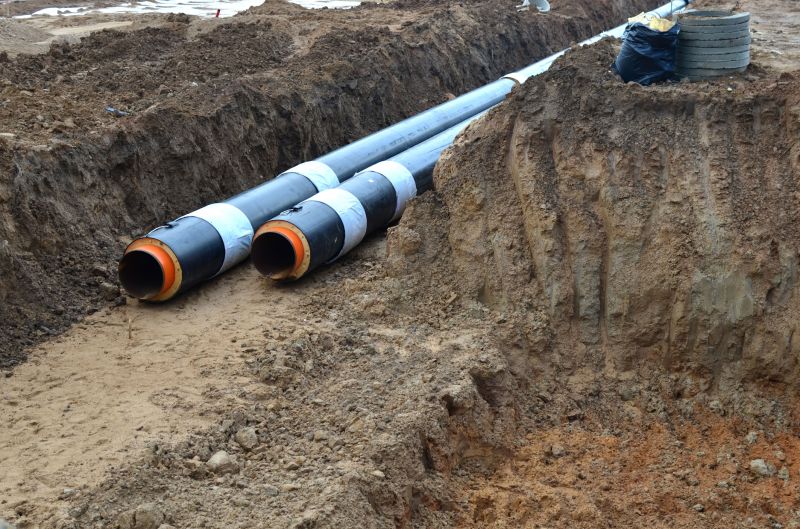
Choice of piping and lining materials influences material costs and installation complexity.
| Factor | Cost Influence |
|---|---|
| Soil Type | Clay soils increase excavation costs due to harder digging conditions. |
| Trench Depth | Deeper trenches require more equipment and labor, raising expenses. |
| Pipe Material | Premium materials like high-density polyethylene or concrete increase costs. |
| Project Size | Larger projects benefit from economies of scale, reducing per-unit costs. |
| Location Accessibility | Difficult access sites may incur additional mobilization and labor costs. |
| Permitting Requirements | Additional permits can add to overall project expenses. |
| Weather Conditions | Adverse weather can delay work and escalate costs. |
| Existing Infrastructure | Disruption to existing utilities can lead to higher costs. |
The cost of drainage system trenchings varies widely based on project specifics. Typically, smaller, straightforward installations might start at a few thousand dollars, while extensive or complex projects can escalate into tens of thousands. Factors such as soil type, trench depth, and material quality play crucial roles in determining final expenses. Proper planning and assessment of site conditions are essential for accurate budgeting and avoiding unforeseen costs.
Additional costs may include site preparation, utility relocations, and post-installation restoration. Engaging with experienced contractors can help identify potential cost drivers early in the planning process, ensuring a more precise estimate and smoother project execution.
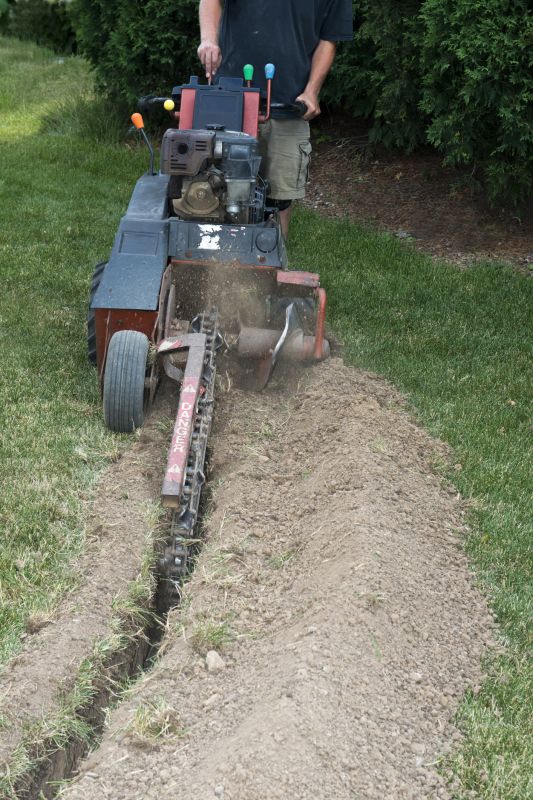
Different equipment types impact the labor and operational costs of trenching.

The complexity of laying pipes affects labor time and material costs.
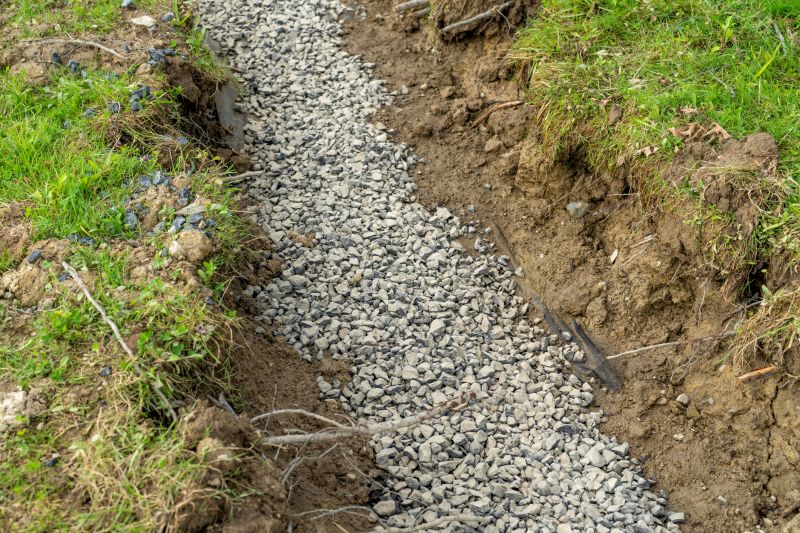
Proper backfilling ensures stability and longevity, influencing overall costs.
| Related Service | Average Price Range |
|---|---|
| Surface Drainage Installation | $2,000 - $8,000 |
| Subsurface Drainage Solutions | $3,500 - $12,000 |
| French Drain Installation | $1,500 - $5,000 |
| Catch Basin Setup | $2,000 - $6,000 |
| Utility Trenching | $4,000 - $15,000 |
| Drainage Pipe Replacement | $3,000 - $10,000 |
| Stormwater Management Systems | $5,000 - $20,000 |
| Erosion Control Installation | $2,500 - $9,000 |
| Waterproofing Drainage Systems | $4,000 - $14,000 |
| Perimeter Drain Installation | $3,500 - $13,000 |
